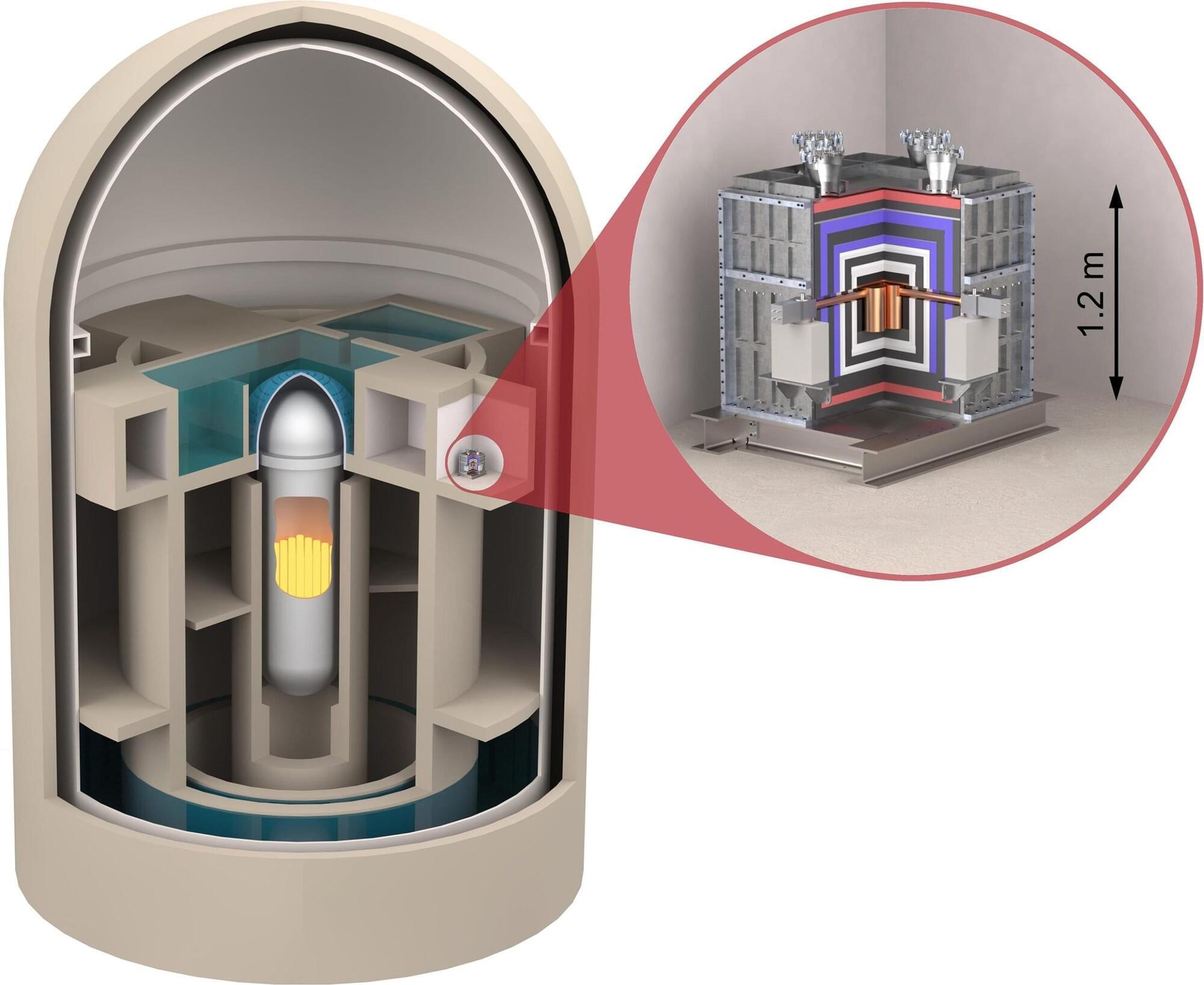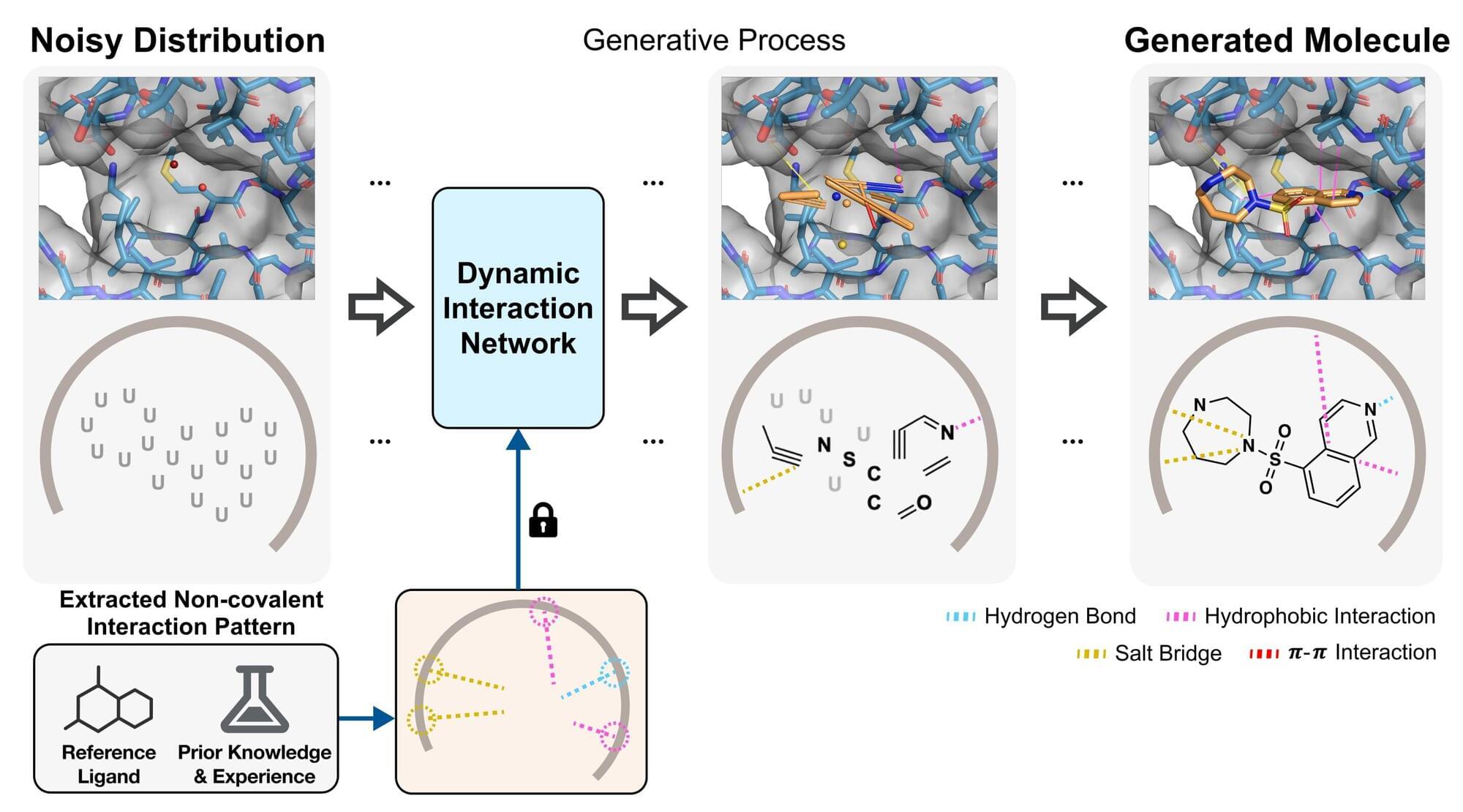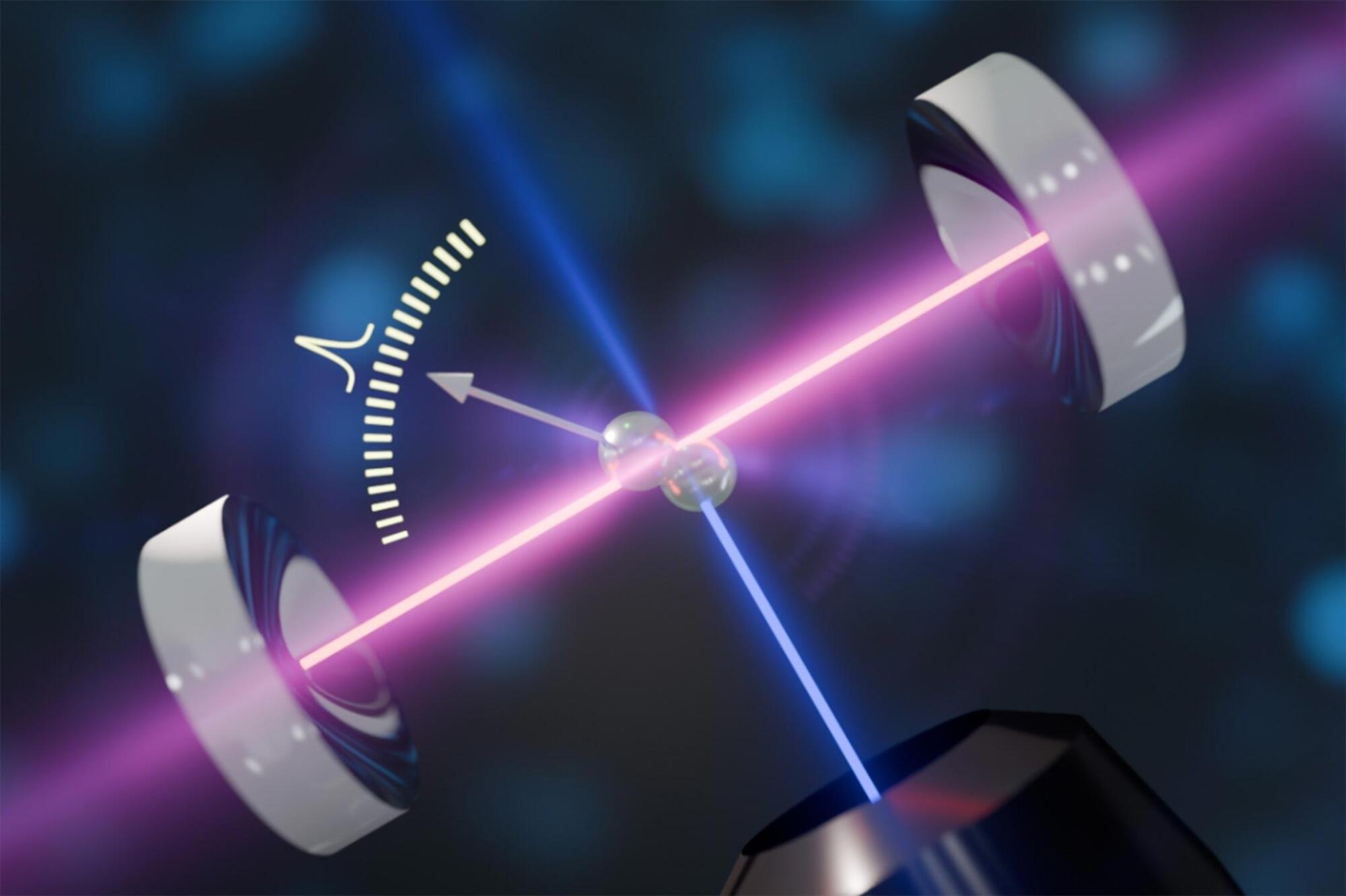A team of scientists has finally caught elusive neutrinos using a compact detector placed near a nuclear reactor.


What happened to GUT grand unified theory.
Is our missing antimatter hiding in a mirror universe?
Some scientists think a time-reversed anti-universe exists alongside ours — a place where antimatter rules and their “forward” is our “backwards.” If true, it could solve one of physics’ biggest mysteries.
In this video: the antimatter imbalance, CPT symmetry, and what life in a mirror reality might be like.
Could our missing antimatter be hiding in a parallel, time-reversed universe?
Physicists have long puzzled over one of the biggest mysteries in cosmology: why our universe is made almost entirely of matter, when the Big Bang should have created equal amounts of matter and antimatter. Some theories suggest that the answer lies in a mirror universe — a realm where antimatter dominates and time flows in the opposite direction to ours.
In this episode of Stellar Stories, we explore:


Einstein set the speed of light as the cosmic speed limit, and nothing we do here overturns that. What changed is that researchers—some formerly at NASA, some now in academia and nonprofits—have mapped pieces of a path where spacetime itself does the moving, not the spacecraft.
That’s the idea behind a warp metric: compress space in front, expand it behind, and let the ship surf inside a bubble without breaking local limits. The trick sounds simple until you look at the bill. Classic calculations require negative energy, a substance no lab can supply in macroscopic amounts.

Traditional drug development methods involve identifying a target protein (e.g., a cancer cell receptor) that causes disease, and then searching through countless molecular candidates (potential drugs) that could bind to that protein and block its function. This process is costly, time-consuming, and has a low success rate.
KAIST researchers have developed an AI model that, using only information about the target protein, can design optimal drug candidates without any prior molecular data—opening up new possibilities for drug discovery. The research is published in the journal Advanced Science.
The research team led by Professor Woo Youn Kim in the Department of Chemistry has developed an AI model named BInD (Bond and Interaction-generating Diffusion model), which can design and optimize drug candidate molecules tailored to a protein’s structure alone—without needing prior information about binding molecules. The model also predicts the binding mechanism (non-covalent interactions) between the drug and the target protein.



Ostracism (being excluded or ignored) is a psychologically painful experience with well-documented negative consequences. This study examines the role of narcissism, a personality trait marked by self-centeredness, entitlement, and a strong desire for admiration. The authors focus on grandiose narcissism in particular, which combines assertive self-enhancement (admiration) with antagonistic tendencies (rivalry). While previous research has shown that narcissists often react aggressively to exclusion, this study explored whether they may also be more likely to be excluded in the first place.
Christiane M. Büttner and colleagues explored this possibility by proposing three mechanisms linking narcissism to ostracism: narcissists may be overly sensitive to exclusion cues and thus perceive more ostracism (negative perceptions), their behavior may prompt others to actually exclude them (target behavior), and repeated experiences of exclusion may reinforce narcissistic traits over time (reverse causality).
By combining large-scale surveys, daily diary data, experiments, and a 14-year longitudinal study across 77,000+ participants, this research provides an unusually comprehensive picture of this dynamic.
Study 1 relied on a nationally representative German panel survey in which 1,592 adults completed a brief narcissism questionnaire (NARQ-S), which includes items reflecting admiration (e.g., “Being a very special person gives me a lot of strength”) and rivalry (e.g., “Most people are somehow losers”). They rated how often they felt ostracized over the past two months. Participants also reported their self-esteem, which allowed the researchers to examine whether narcissism predicted ostracism independently of general self-worth.
Study 2 used an experience sampling approach to capture more fine-grained, real-world data. Nearly 500 U.S.-based participants completed a longer narcissism scale (the extended NARQ), a rejection sensitivity measure, and reported daily instances of exclusion over a 14-day period using a mobile app. They also estimated, at the end of the study, how often they had felt excluded, providing insight into whether narcissistic individuals overestimate exclusion.
In real-time reports, both admiration and rivalry facets correlated with more daily exclusion experiences, with admiration reaching statistical significance. Rivalry was more strongly linked to retrospective recall of ostracism. Narcissists also tended to slightly overestimate how many exclusion episodes they had experienced during the study period, suggesting a modest perceptual bias.
However, narcissism was not linked to the belief that one is excluded more than others, indicating that the distortion lies in recalling one’s own experience rather than making social comparisons.
Studies 3a, 3b, and 3c used the Cyberball paradigm, where participants experienced either clear (complete) or partial exclusion, and judged their inclusion level. These experiments tested whether narcissists were more likely to perceive ostracism in scenarios with clear versus partial exclusion. Study 4 shifted to ambiguous, everyday social scenarios to test whether narcissists interpret subtle cues as ostracism.
Dr. Esra Çavuşoğlu, PhD’s 71st Ayık Kafa podcast guest is Liz Parrish explores the transformative potential of gene therapy in extending human longevity and enhancing healthspan.
Liz Parrish MBA, is the Founder and CEO of BioViva Sciences USA Inc. BioViva is committed to extending healthy lifespans using gene therapy and works on combinatorial gene therapies with its proprietary CMV gene therapy delivery platform.
Liz is a humanitarian, entrepreneur, author, and innovator. In addition, she is a proponent of the Best Choice Medicine plan (BCM), a more efficient and streamlined regulatory model around the use of genetic therapies.
She shares her personal journey, the scientific basis for gene therapy, and the economic implications of aging-related diseases. The podcast also takes a closer look at the four different gene therapies that Liz Parrish administered to herself: Klotho, Follistatin, PGC-1α, and Telomerase Reverse Transcriptase. The discussion covers the various gene therapies being developed, their safety, ethical considerations, and the importance of early intervention. Liz emphasizes the need for public awareness and investment in longevity research to make these therapies accessible to all.
#EsraÇavuşoğlu #AyıkKafa #ElevatingLifeEvolvingHealth #Longevilab #LizParrish #Longevity #genetherapy.
Liz Parrish: